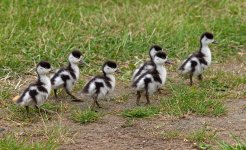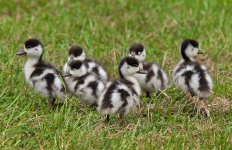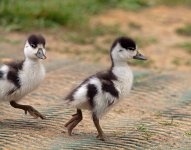Boogieshrew
Well-known member
Bird hides should blend info the landscape. The Daukes complex at Cley are just superb. The person responsible should get an award. The hide at RSPB Rainham is also excellent. As for the hide you refer to above it best reminds me of a 1960's shopping complex on a council estate! . I do think it would be better suited to accomodating Greggs, a kebab shop and a hairdressing salon rather than birders! Sorry no awardsGood to know I am not alone on my thoughts on probably one the most expensive bird hides ever built

I like your comparison. :-O It is more trading estate than nature reserve.
You are definitley not alone in disliking it. I have had several conversations with various birders who have nothing good to say about it.
I think the RSPB and Wildlife Trusts are loosing their way somewhat. Behaving like big business and going for profit instead of being guardians of the countryside. I think the Titchwell hide despoils the countryside, which I consider to be the absolute opposite to what the RSPB should be doing. I go to their reserves to get away from big, hard edged man made structures, not to sit in them.
I can't see that all that concrete, steel and glass is low carbon either. It has a lot of embedded energy used in its creation and transportation. The same goes for NWTs Cley visitor centre despite its "green credentials" of having a green roof, wind turbine and rainwater harvesting.







